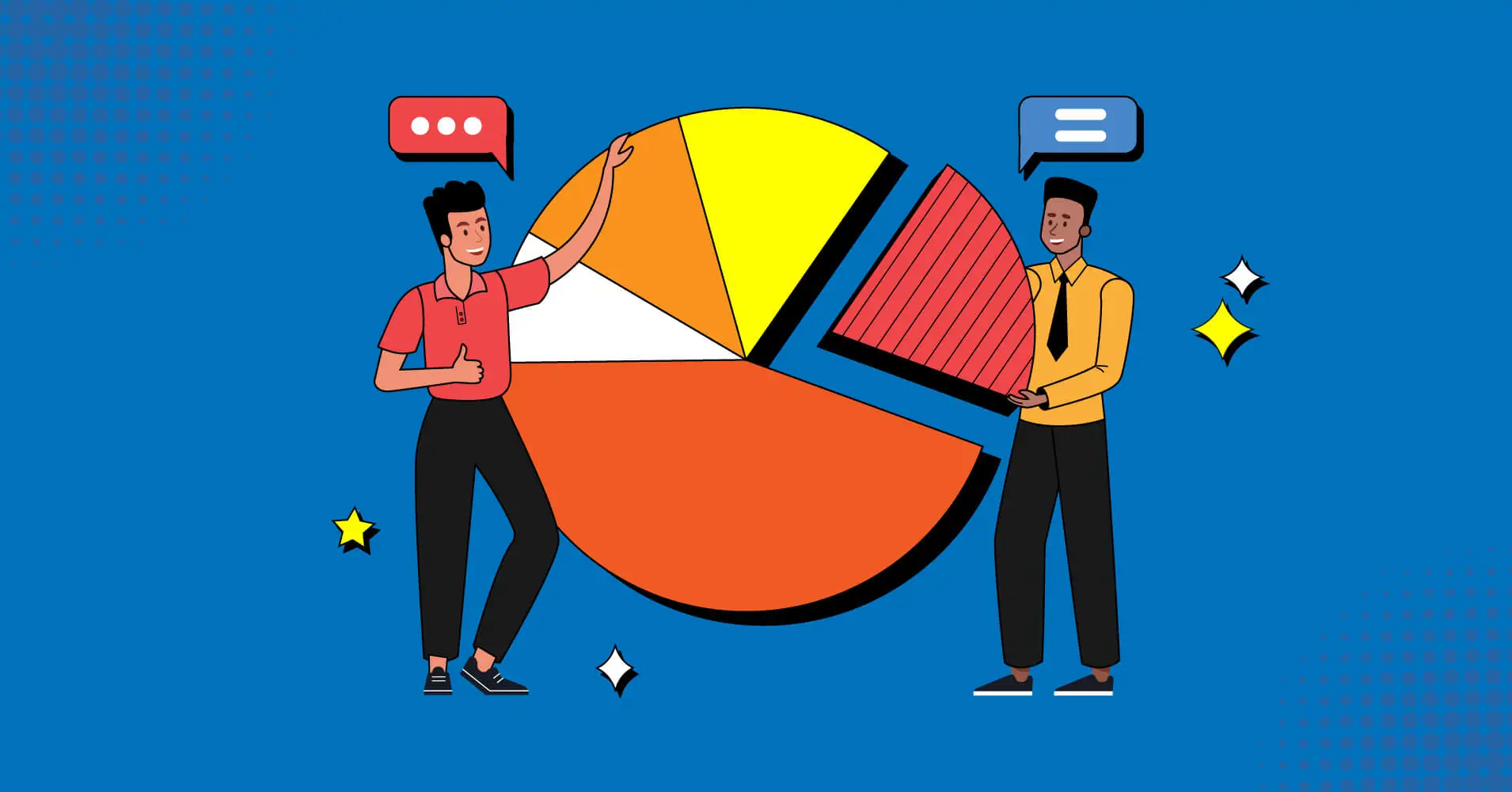In today’s hyper-connected marketplace, generic marketing messages no longer capture attention or loyalty. Modern consumers expect brands to understand their unique preferences and behaviors—and to deliver marketing that feels personalized and timely. This is where behavioural segmentation marketing becomes essential, transforming how businesses connect with their audiences.
Behavioural segmentation divides customers into distinct groups based on how they interact with your brand, what they purchase, and their engagement patterns over time. Unlike demographic or geographic segmentation, this approach dives into the why behind customer actions, tapping into customer psychology to predict future behavior. This insight empowers marketers to craft campaigns that resonate deeply, driving engagement and conversions.
This guide explores the essence of behavioural segmentation, its core types, how AI advances its precision, real-world success stories, advanced tactics, and practical steps to implement it effectively. You’ll also discover how mastering these skills can accelerate your marketing career through specialized training like the Digital Marketing and Artificial Intelligence course offered by Amquest Education in Mumbai.
What Is Behavioural Segmentation Marketing?
Behavioural segmentation marketing is a strategic process that groups customers by their actions—such as purchase history, product usage, and brand interactions—rather than static attributes like age or location. This segmentation reveals patterns in how and why customers buy, enabling marketers to tailor messaging and offers with precision.
By analyzing past behaviors, marketers can predict future actions and timing. For instance, customers who frequently buy a product every 45 days can be targeted with timely reminders or incentives just as they’re running low. This data-driven personalization transforms marketing from guesswork into a science grounded in consumer behavior analysis.
The Four Core Types of Behavioural Segmentation
To target effectively, marketers must understand the key dimensions of customer behavior:
Purchase Behavior
Tracks what customers buy, how often, and their spending habits. Marketers can re-engage customers with abandoned cart offers or recommend products based on past purchases.
Occasion-Based Purchasing
Identifies when customers are most likely to buy, such as mornings for coffee or holidays for gifts. Timing campaigns around these occasions increases relevance and conversion.
Benefits Sought
Different customers prioritize different product benefits—quality, price, or emotional satisfaction. Tailoring messaging to these motivations enhances appeal.
Customer Loyalty
Distinguishes highly engaged customers from those at risk of churn. Loyalty programs and exclusive offers nurture retention and encourage advocacy.
The Evolution: From Basic Segmentation to AI-Powered Personalization
A decade ago, marketers relied heavily on demographic data. Today, AI-powered learning and machine learning algorithms analyze vast behavioral datasets in real time, uncovering micro-segments invisible to manual analysis. These AI models predict who will convert, when, and with what messaging—enabling marketers to deliver personalized marketing experiences that feel more like helpful recommendations than intrusive ads.
This shift allows marketers to move beyond intuition and base decisions on continually refined predictive insights.
Real-World Examples of Behavioural Segmentation Marketing
Amazon’s Personalization Engine
Amazon uses advanced analytics to group users by preferences, analyzing every click and purchase. Their machine learning-driven recommendations generate about 35% of their revenue, showcasing the tangible impact of behavioral insights.
Starbucks
Starbucks segments customers not only by purchase history but also lifestyle factors like location and drink preferences. Their targeted campaigns promote flavored lattes to sweet-drink lovers and reward frequent visitors, creating a loyalty loop grounded in customer psychology.
Nike
Nike leverages purchase timing and habits to send targeted offers. For example, runners receive different shoe recommendations than basketball players, reflecting their distinct buying cycles and preferences.
Advanced Tactics to Maximize Behavioral Segmentation Marketing
Map Customer Journey Stages
Identify where customers are in their buying cycle—awareness, consideration, purchase, retention, or advocacy. Tailor messaging accordingly. For example, SaaS companies can target free-tier users showing engagement but no upgrade with personalized nudges addressing their concerns.
Time Campaigns to Purchase Cycles
Use data on repurchase timing to schedule marketing touches when customers are most ready to buy, increasing engagement without feeling pushy.
Retarget with Complementary Products
Behavioral insights reveal purchase patterns beyond single items. If customers buy citrus-scented skincare, retarget them with related scented products, enhancing personalized marketing and cross-selling.
Why Behavioural Segmentation Marketing Works: The Psychology Behind It
Customers differ in what motivates them—price, convenience, status, or emotional connection. Behavioural segmentation respects this diversity by basing segmentation strategies on actual actions rather than assumptions. This builds trust and drives satisfaction.
Personalized marketing born from behavioural segmentation leads to higher loyalty and word-of-mouth advocacy, often the most credible marketing channel.
Measuring Success with Behavioral Insights
Robust analytics are vital. Key metrics include:
Conversion rate by segment — Track how many customers in each segment complete desired actions.
Customer lifetime value by segment — Measure the total revenue expected from each behavioral segment.
Engagement metrics — Monitor open rates, click-through rates, and other interaction indicators.
Churn rate by segment — Identify which segments are at risk of leaving.
Return on ad spend (ROAS) by segment — Evaluate the efficiency of marketing investments for each segment.
Tracking these over time allows marketers to refine segments, invest strategically, and adjust retention tactics.
Case Study: Vinomofo’s Multi-Segment Approach
Vinomofo, an online wine retailer, segmented customers by lifecycle stage:
New visitors received a $15 incentive for first purchase
Returning clients got premium services based on basket value
Loyal customers accessed exclusive offers and early product releases
This tailored approach boosted conversion rates and lifetime value, proving behavioural segmentation‘s business impact.
Implementing Behavioural Segmentation Marketing: Actionable Tips
Audit Your Data
Review existing behavioral data from purchase history, website behavior, email, and social media. Identify gaps.
Define Clear Segments
Start with 4–6 core behavioral segments relevant to your business. Expand as data grows.
Craft Segment-Specific Messaging
Develop messages that address each segment’s preferences and needs.
Test and Optimize
Use A/B testing to refine offers, timing, and content.
Leverage the Right Tools
Modern marketing automation and AI-powered platforms simplify segmentation strategies and personalization at scale.
Why Mastering Behavioural Segmentation Marketing Matters for Your Career
Expertise in behavioural segmentation and AI-driven personalization is increasingly sought after across industries. Marketers who master these skills command better roles and salaries. Amquest Education’s Digital Marketing and Artificial Intelligence course in Mumbai offers comprehensive, hands-on training in these areas. Its AI-powered learning modules, real-world case studies, and internships with industry partners provide the practical experience and knowledge employers demand.
This course prepares you to implement sophisticated behavioural segmentation marketing strategies immediately, giving you a competitive edge in your career.
Frequently Asked Questions
What is the primary difference between behavioural segmentation and demographic segmentation?
Behavioural segmentation focuses on customers’ actions and patterns, while demographic segmentation categorizes by age, gender, location, or income. Behavioral data better predicts future purchases.
How does customer psychology influence behavioural segmentation?
It reveals emotional and rational drivers behind purchase decisions, allowing marketers to tailor messaging that resonates with each segment’s motivations.
Can small businesses effectively use behavioural segmentation marketing?
Yes. Small businesses can start simply with tools like Google Analytics and email platforms, growing sophistication as data accumulates.
How often should behavioural segments be reviewed?
At least quarterly, to keep pace with evolving customer behavior and market trends.
What tools automate behavioural segmentation?
Platforms like HubSpot, Marketo, and Klaviyo automate segmentation, while analytics tools like Amplitude provide deeper behavioral insights.
Conclusion
Behavioural segmentation marketing is no longer optional—it’s fundamental to creating personalized marketing campaigns that win customer loyalty and drive business growth. By combining customer psychology with data-driven insights and AI, marketers can deliver experiences that truly resonate.
If you’re ready to advance your skills and career, exploring specialized training like the Digital Marketing and Artificial Intelligence course from Amquest Education will equip you with the expertise and practical experience to lead in this dynamic field.










